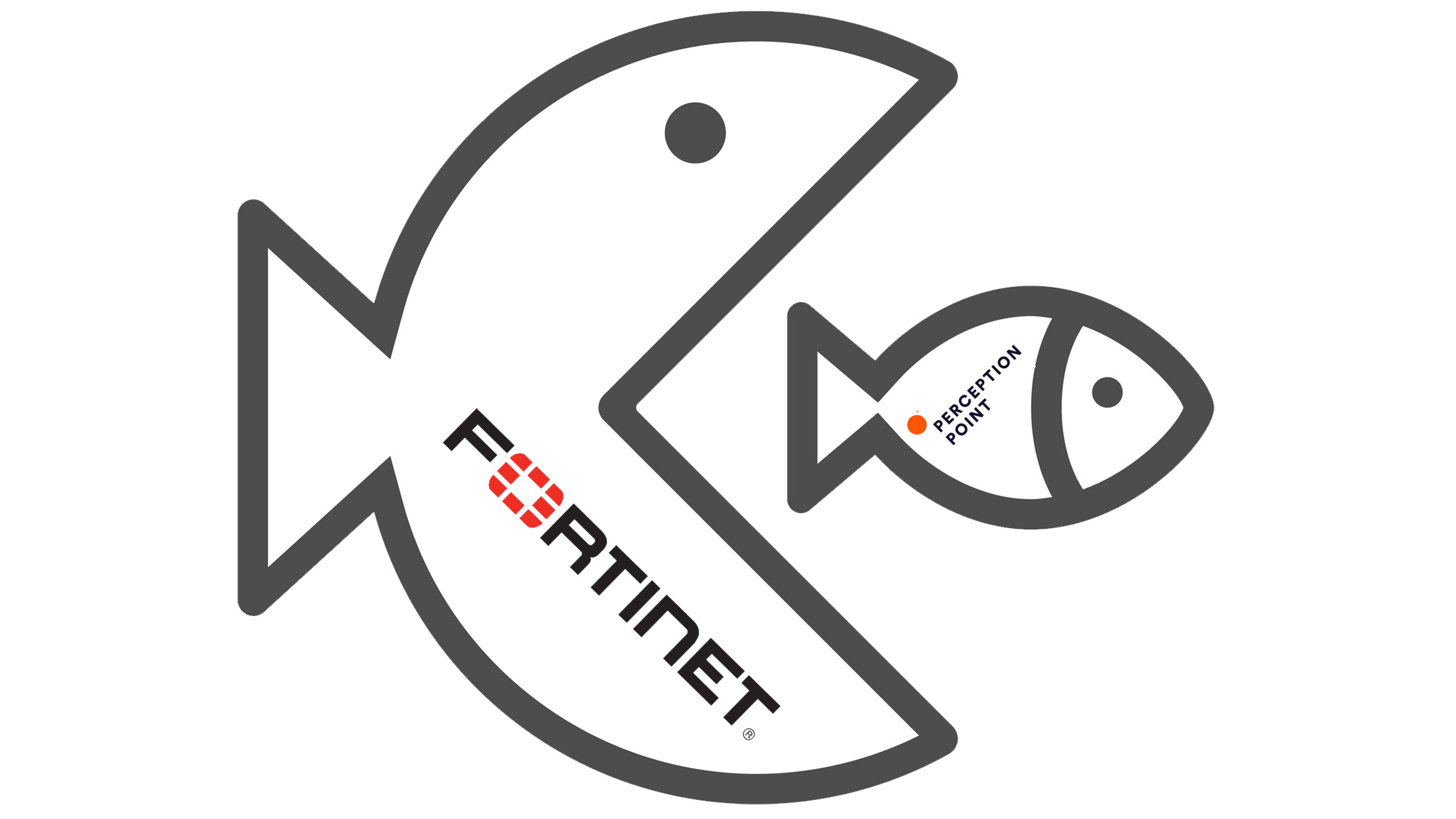VOSS Solutions announced the general availability of VOSS-4-UC v17, which includes a rich array of new features and functionality.†With the rapid advancement of cloud communications, the drive towards best-of-breed multi-vendor environments, and with an increasingly mobile workforce, VOSS-4-UC v17 has been unveiled at a time when major service providers and large enterprises across the globe are turning to VOSS to address a new wave of challenges that face the unified communications (UC) industry.††
VOSS-4-UC v17†is a highly scalable and extensible architecture that provides for virtually unlimited feature expansion capabilities. The framework that underpins VOSS-4-UC v17 seamlessly interfaces with outside systems and provides unparalleled automation capability, which offer the ability to fit any business process or environment. †
Organizations that choose VOSS-4-UC v17 will benefit from:
- UC management of both Cisco and Microsoft UC (including Skype for Business)
- Customized UC management to better adapt to operational processes and integrate with back office systems
- Improved reporting, data mining and troubleshooting with VOSS Analytics
- Coordinated management for Cisco Spark †
VOSS-4-UC v17 deploys out of the box, enabling organizations to leverage sophisticated UC operational management capabilities quickly and efficiently. One of the most compelling reasons to select VOSS-4-UC v17 is its adaptation capability. VOSS-4-UC is architected so that the framework can be quickly tailored to specific business needs, without complex, labor-intensive coding or the associated time and budget implications.
The VOSS services team can rapidly adapt VOSS-4-UC data and device models, configuration templates, orchestration workflows, and IT integrations, all within a highly agile, core product framework. The adaptation of VOSS-4-UC not only increases the level of end-to-end automation of an organization’s operational processes, genuinely lowering TCO, but it also allows the communications platform to be much more dynamic. The ability to introduce new services or improve features is much easier, faster, and can be achieved in the knowledge that these business changes are being incorporated into the company’s standard operational use cases without the need for manual workarounds.













